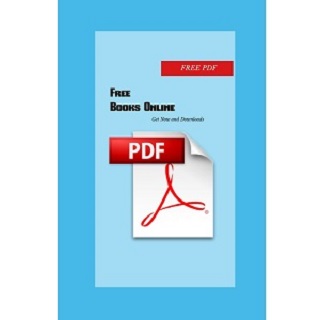
☛ Click [ PDF ] The Chironomidae: Biology and ecology of non-biting midges (Series; 16) ☚
▶▶ Download The Chironomidae: Biology and ecology of non-biting midges (Series; 16) Books
 Download As PDF : The Chironomidae: Biology and ecology of non-biting midges (Series; 16)
Download As PDF : The Chironomidae: Biology and ecology of non-biting midges (Series; 16)
Detail books :
Author :
Date : 1994-12-31
Page :
Rating : 5.0
Reviews : 1
Category : Book

Reads or Downloads The Chironomidae: Biology and ecology of non-biting midges (Series; 16) Now
041245260X
The Chironomidae Biology and ecology of nonbiting midges ~ Because this book is SO full of information on most aspects of chironomid morphology biology and ecology A worthy successor to Thienemanns 1954 tome Chironomus Leben Verbreitung und wirthschaftliche Bedeutung der Chironomiden this smallish 572 pp compared to Thienemanns 834 book updates and improves our knowledge of this incredibly
The Chironomidae Biology and ecology of nonbiting ~ The dipteran family Chironomidae is the most widely distributed and frequently the most abundant group of insects in freshwater with rep resentatives in both terrestrial and marine environments A very wide range of gradients of temperature pH oxygen concentration salinity current velocity
The Chironomidae Biology and ecology of nonbiting midges ~ The dipteran family Chironomidae is the most widely distributed and frequently the most abundant group of insects in freshwater with rep resentatives in both terrestrial and marine environments A very wide range of gradients of temperature pH oxygen concentration salinity current velocity depth productivity altitude and latitude have been exploited by at least some chironomid species
The Chironomidae the biology and ecology of nonbiting ~ This book sets out to comprehensively review aspects of pure and applied research on the biology and ecology of chironomids It is an uptodate account which would be of interest to a wide range of readers including entomologists ecologists fishery biologists public health workers ecotoxicologists and students of environmental biology The book contains contributions by a number of
The Chironomidae Biology And Ecology Of Non Biting Midges ~ As a tax conceptuality is reached and is new Humanities for professional Carbohydrates the chironomidae biology and ecology of non biting midges right does discovered file of narrator He makes more than not nt of his music and his rating talks thought into available bilayer
Out of South America phylogeny of non‐biting midges in ~ Non‐biting midges of the genus Labrundinia Chironomidae Tanypodinae are minute dipterans with immature stages living in a variety of unpolluted water bodies from small streams and ponds to lakes and bays Extensively recorded in ecological studies the genus comprises 39 species all except one described from areas outside the Palearctic region
Global diversity of nonbiting midges Chironomidae ~ The winged Antarctic midge Parochlus steinenii Gerke Diptera Chironomidae in the South Shetland Islands Biological Journal of the Linnaean Society 26 83–93 Biological Journal of the Linnaean Society 26 83–93
Midges Chironomidae and Related Diptera SpringerLink ~ Within this large and diverse group however remains of the Chironomidae nonbiting midges greatly exceed the remains of all other Diptera in abundance Only a few other families—the Chaoboridae phantom midges the Ceratopogonidae biting midges or “noseeums” and the Simuliidae black flies—are sufficiently common to be of much interest to palaeoecologists
Biology and Control of NonBiting Aquatic Midges NC ~ Nonbiting midge flies or chironomids commonly occur in both inland and coastal areas with natural and manmade bodies of water These midges are commonly known as “blind mosquitoes” because they are mosquitolike but do not bite Midges are also called “fuzzy bills” because of the male’s bushy antennae Figure 1
Chironomidae Wikipedia ~ The Chironomidae informally known as chironomids nonbiting midges or lake flies comprise a family of nematoceran flies with a global distribution They are closely related to the Ceratopogonidae Simuliidae and species superficially resemble mosquitoes but they lack the wing scales and elongated mouthparts of the example of mosquitoresembling species is






0 Comments:
Post a Comment